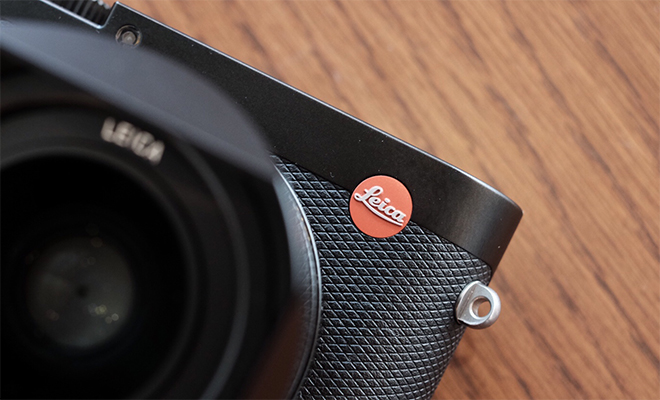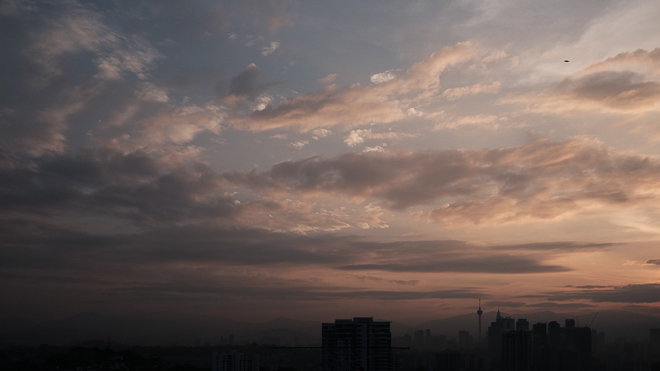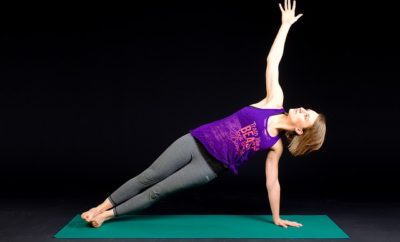
The Gen XY Lifestyle
Old Camera Dogs with New Tricks
If there’s one area of consumer technology that has made giant strides in particular, it’s that of photography. Never more has tech democratised photography as an art and as a hobby.
A humble smartphone camera has the ability to capture some stunning pictures when placed in the right hands – so much so that it makes less sense to buy compact cameras, unless it has a specialised feature like a super long zoom, for example.
On a similar note, these days you need not carry a hulking big DSLR to take professional quality pictures. And two cameras that we’re looking at today – albeit from very different origins – are prime examples of this. On one end, we have the pricey but gorgeous Leica Q, and on the other, the retro-looking and excellent FujiFilm XT-10. Although designed to be relatively portable, these aren’t exactly compact cameras. But the deal maker is that their quality more than justifies the slight heft you have to contend with.
Leica Q
It’s quite tempting to call this the ‘baby’ Leica as it has all the quality and looks of a full-fledged Leica rangefinder, but unlike a Leica, it doesn’t have its signature rangefinder focusing system – you use it like you would any other camera. What’s unbaby-like, is its size and weight. It may be a hefty-looking camera, but the Leica Q makes up for it by being a real head-turner.
It is also remarkably easy to use – like a compact camera – and rather fun as well. Part of it stems from the fact that it is well-designed, and even the touchscreen on the camera and the UI for the app have been implemented brilliantly.
It’s very quiet, which makes it ideal for street photography; although one can argue that the sight of the infamous ‘red dot’ (Leica logo) on the camera is bound to draw more attention than it should. In a good way of course.
The autofocus is also speedy, and surprisingly, is on par with most mirrorless cameras. While Leica has made it convenient for you to snap away, the inability to adjust the size of the focus zone (that green box on-screen that indicates that your subject is in focus) might be an inconvenience. The camera may lock on to another object within the box, and you have to be mindful of this.
The Leica Q has one convenient feature that may also prove to be a bone of contention amongst camera fans – a one-button “zoom” button. Pressing the button virtually changes the focal length, and you can cycle between 28mm, 35mm, and 50mm. Essentially you’re taking every photo at 28mm, but when you select 35mm or 50mm, the Q will crop away the background to simulate the visual perspective of the chosen focal length. But because it uses a full-frame sensor, you tend not to lose as much detail as you would in cameras with smaller sensors. We found it rather convenient, and for most intents and purposes, the image quality on the 50mm crop (maximum ‘zoom’) is excellent. Our view is that unless you need to generate very large prints for professional work, it shouldn’t matter too much.
Its performance in poor lighting conditions is also very good. Some graininess is to be expected, but the grain is rather pleasant. The 28mm prime lens is a rather good one, and is capable of giving you a beautiful bokeh and renders out-of-focus regions beautifully; it is very pleasing to the eye. You don’t normally expect this from a 28mm lens.
The 3-inch LCD is remarkably vibrant, but the viewing angles aren’t good. The EVF is clear and sharp, but you can still see some slight ‘tearing’ when you pan the shot quickly. You can preview your images through the EVF, but it’s best to check your images for sharpness via the LCD. Also, it’s difficult to change the EVF and LCD modes, with no options to switch both off and have the EVF turn on via the eye sensor to save battery. Thankfully these are relatively minor issues, and don’t detract much from what is largely a positive experience.
At S$5,990, it’s cheaper than a typical Leica, and it also feels like a proper Leica that is ‘reasonably’ priced. Even so, it’s rather pricey. But then again, the price tag isn’t something that should be factored in where a Leica is concerned – it’ll never make sense. It only goes to show that the intrinsic qualities of a Leica camera is pretty priceless.
FujiFilm XT-10
It’s interesting to note that FujiFilm, in the eyes of many punters, make what they feel Leica should be making: reasonably priced, quality street cameras that professionals would use. The X-series precipitated the revival of FujiFilm, re-inventing them as mirrorless camera giants.
The S$1,299 (body alone) XT-10 is on first impression, the most value-packed X-series camera in their arsenal. Effectively, it is almost like a smaller version of their flagship XT-1 camera. It shares the iconic retro shape, though it loses the weather-sealing found on its big brother.
Unlike the Leica Q, the XT-10 is an interchangeable lens camera, with 17 lenses to choose from. Compared to the Leica Q, the XT-10 is a more practical solution. But make no mistake, this is no cheap-retro-substitute compromise – this is an excellent photography tool.
For one, the XT-10 is equipped with the requisite dials and buttons that professionals and amateurs alike will appreciate; and they are well-spaced too. The camera feels a little off-balance when bigger lenses are attached, but you can always get an optional grip to remedy that. The XT-10 is feels best with smaller lenses to capitalise on its portability, but the beauty of it is you can always put a bigger lens when you need to and still be able to keep the camera balanced.
Unlike the Q, the XT-10 has a smaller APS-C sized sensor. This means that its perspective will be slightly different, even at the same focal length. The image quality battle undoubtedly goes to the Leica Q, but it’s fairly close. Also, it’s only slightly worse than the Q in low light situations, which is rather dandy for a camera of this price.
With a small body (it’s smaller than the Q), excellent autofocus, and near silent shutter (you can be completely silent with the electronic shutter), the camera is tailor made for street photography – plus you also get the luxury of an articulating screen. A fast 1/4,000s shutter (1/32,000s electronic) helps tremendously in bright environments, which means the XT-10 works well in both night and day situations. The only downside when compared to the Q is that the lenses can be pretty big, depending on which focal length you prefer.
One of the XT-10’s prized features is the ability to edit pictures on the fly and, coupled with the ability to transfer pictures wirelessly to your phone, makes it well suited for modern ‘workflows’ in which you can easily transfer photos to your mobile device for sharing. Even better, is its film simulation modes, which too, you can easily change on the fly and add colour and moods to your shots. Much like how Leica always had a distinct and inimitable look to its pictures, FujiFilm is also taking a leaf out of the Leica playbook on the strength of its film simulation modes – in fact for many of FujiFilm’s fans, it is one of the killer features. The Classic Chrome, which is effectively a tribute to Kodak’s Kodachrome film, is perhaps its most popular simulation mode.
Of course, there are things that this compact wonder can’t do – don’t try to shoot sports scenes (then again, not that many cameras can) and the flash sync is slow; but that’s still forgivable as this camera was designed for simpler scenarios.
In conclusion…
The Leica Q remains the pinnacle of what it set out to do – a gorgeous street camera with the chops to match, and accessibility (well, by their standards) to the masses. The only reasonable stumbling block for anyone is of course, its price, but well worth it if that is within your means. Leica cameras produce images that have that je ne sais quoi about them and this is no different. The FujiFilm XT-10 on the other hand, is perfect for those who favour a bang for your buck offering. Despite the disparity in price, it is not vastly inferior. A distinct identity, image quality, and usability, are qualities that make it a very capable camera, regardless of its price.
This collaborative review features the insight and photos of Joel Lim, whose work can also be seen here. A professional photographer, mirrorless cameras has always been of particular interest to him as he has always been trying to adopt a mirrorless system for professional work for the longest time. He recently made the move after finally finding a system that meets his requirements. As such, he is very well-versed with the pros and the cons of mirrorless cameras. Disclaimer: Joel uses FujiFilm X-series cameras.































